Icon St Gerasimos the Jordanian
€40,00 – €100,00Price range: €40,00 through €100,00 "without VAT"
Icon of Saint Gerasimos the Jordanian polished with handmade silk screen printing on a polished gold background in various dimensions. The icon is available in various sizes, making it suitable for different spaces and preferences.
Icon of Saint Gerasimos the Jordanian polished with handmade silk screen printing on a polished gold background in various dimensions.
The icon of Saint Gerasimos of Jordan is a stunning icon with handmade silk-screen printing on a polished gold background. It depicts in Byzantine style the figure of the great ascetic of Orthodoxy, who is known for his miraculous life and the protection he offers to the faithful.
The Saint is depicted holding a staff and a scroll with his surgical teaching, while next to him is the beast – a lion, which he took care of and tamed with his holiness.
Available in various dimensions
Technology: Silkscreened
Background: Handmade gold polished
Material: High quality holy wood
Product Features
✅ Authentic Byzantine style
✅ Polished gold background for a luxurious look
✅ High quality handmade construction
✅ Suitable for home prayer, monasteries & churches
Symbolism of St. Gerasimos
Saint Gerasimos of Jordan († 475 AD) is one of the great Hosians of the Church, protector of the afflicted souls and the unjust.
The lion in his icon symbolizes the power of love and holiness that can tame even wild beasts.
His icon is considered a blessing for the home, as it protects from evil influences and demonic energies.
Feast of 4 March
Saint Gerasimos of Jordan was born in Lycia in the 5th century AD to pious and humble parents and was dedicated to God from infancy. At an early age he embraced the heresy of the Monophysites, being seduced by the followers of the heretic false patriarch Theodosius, a fanatical monophysite Egyptian monk, who during the absence of Patriarch Juvenal (422 – 458 AD), was the first to convert to the heresy.), assisted also by Queen Eudocia (see 13 August) – before her conversion to the Orthodox doctrines, managed to seize the patriarchal throne of Jerusalem and carried out unprovoked cruelties for twenty months (451 – 453 AD). Even this magnificent temple of the Resurrection became the theatre of unspeakable scenes and, moreover, the unrest spread throughout Palestine.
Monophysites do not admit that in the person of Christ the divine and human natures have been united “directly, indissolubly, inseparably and indivisibly”, but they claim that Christ’s divine nature absorbed His human nature and therefore Christ has only one nature.
However, Hosios Gerasimos soon realized his mistake, because he was a man of good intentions and humility. He had the good habit of visiting and consulting for spiritually sanctified people. From a scholarly ascetic named Efthimios, who was practicing in the desert of Rouba, he was taught the truth about both natures of Christ, realized his mistake and returned to the Church again.
Then in 451 AD he became a monk in the desert of Jordan, where he practiced in silence. Later, when many monks gathered around him, seeking his enlightened guidance, he founded a community monastery near the city of Baithagla.
Hosios Gerasimos was strict, but only to himself. To others he was kind and lenient. He ate little, just enough to sustain himself in life, and he also slept very little. He even taught that whoever wants to live longer should sleep less, because too much sleep makes the body weary and therefore powerless in toil and vulnerable to disease.
The teaching of Saint Gerasimos on sleep is essentially a reason for exercise. By limiting sleep and abstinence, the flesh (the carnal mind) becomes accustomed to submitting to the spirit. By exercise and unceasing prayer, especially the monolithic prayer, “Lord Jesus Christ, have mercy on me,” the mind is concentrated in the place of the heart, which is its natural place, and acquires an unceasing remembrance of God.
So much did Hosios Gerasimos become intimate with God and protected the “in the image and likeness” of the Saints that he tamed the wild beasts and performed many miracles. He even acquired a servant, a donkey, to carry water, as drinking water was at a distance. Once, and while the lion was sleeping, merchants passing by stole the ono. And because the Saint suspected that the lion had eaten the ono, he punished it for carrying that water. Until, one day, when the merchants passed by the same spot again, the lion recognized the stolen ono and returned it unharmed to the Saint. He then relieved it of this task and let it return to the mountain. And when the Saint slept in peace, the lion came and died on his grave.
When on January 19, 473 A.D., Saint Euthymios the Great fell asleep, Saint Gerasimos saw in a vision, while praying at Lavra, the end of the Saint. This is mentioned in the narrative of St. Cyriacus the Returnee, who accompanied Hosios Gerasimos at the funeral of the great saint of the Church.
Two years after the end of Saint Euthymius, in 475 A.D. under Patriarch Anastasius I of Jerusalem (458 – 478 A.D.), Saint Gerasimos slept in peace. He entrusted the succession of Lavra to his fellow practitioners Stephen and Basil.100% guaranteed transaction!
- 100% money back guarantee!
- Immediate delivery to the products we have in stock.
| Weight | N/A |
|---|---|
| Dimensions | N/A |
| Icon Decoration | with handmade serigraphy, with polished gold, with wood |
| Collection | Church supplies |
| Icon Type | Polisher, Serigraphy |
| Size | Big – LG, Medium – MD, Small – SM, Very small – XS |
| Material | Wooden |
| Name of Saint | Saint Gerasimos of Jordan |
Only logged in customers who have purchased this product may leave a review.
You may also like…
Hierarchical Items
Church supplies
Church supplies
Related products
Church supplies
Church supplies
Church supplies
Church supplies
Church supplies
Church supplies
Church supplies
Church supplies

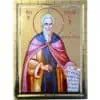

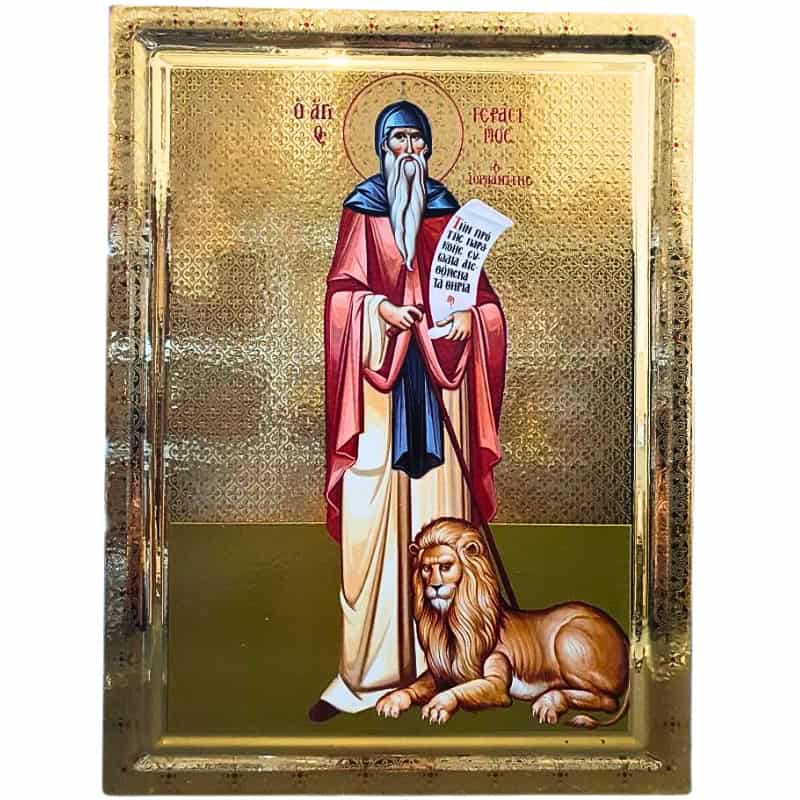
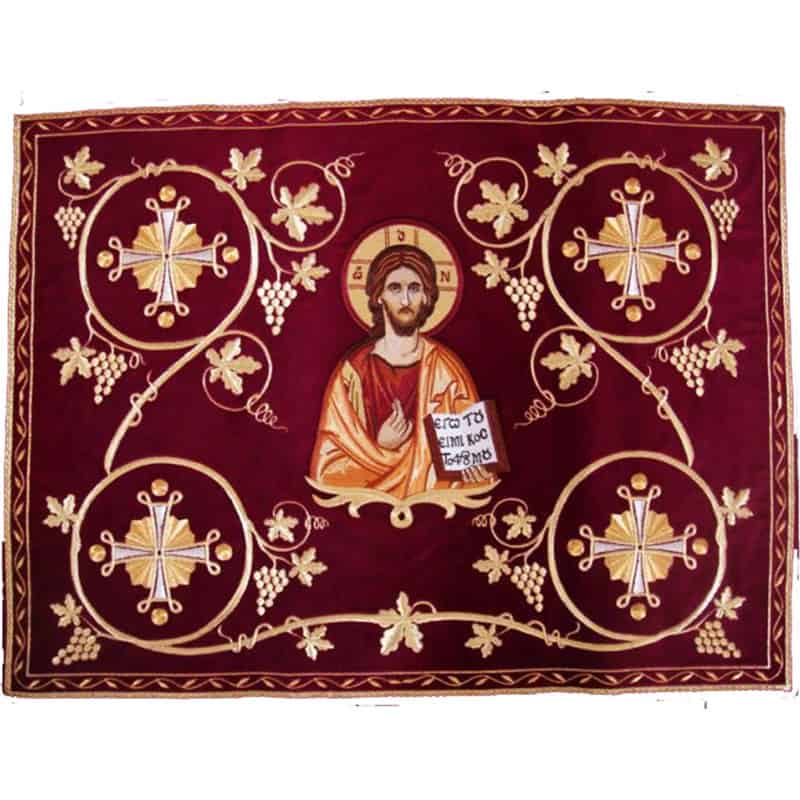
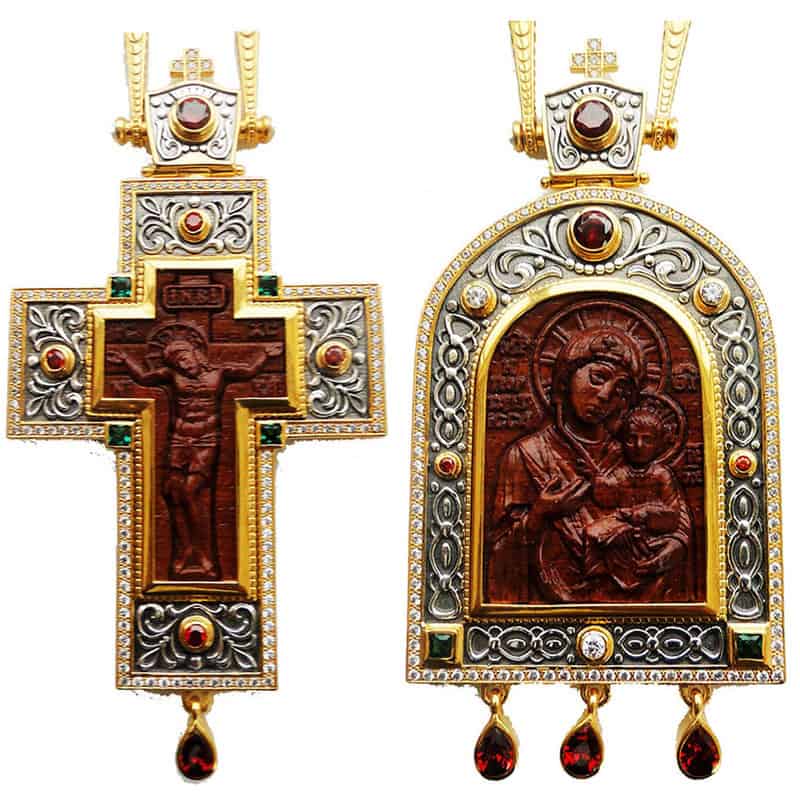




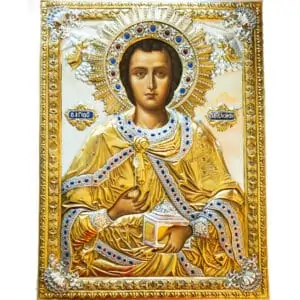
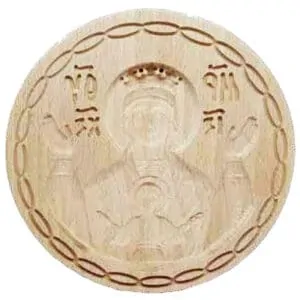
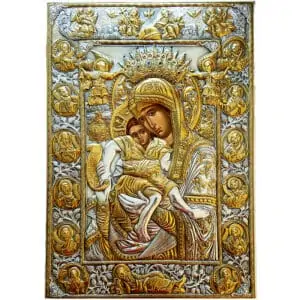

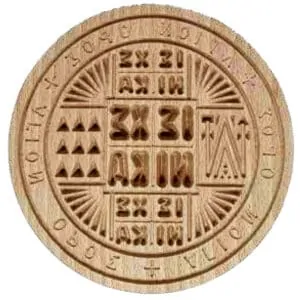
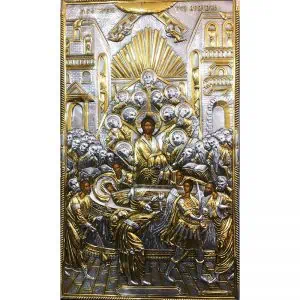
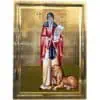
Reviews
There are no reviews yet.